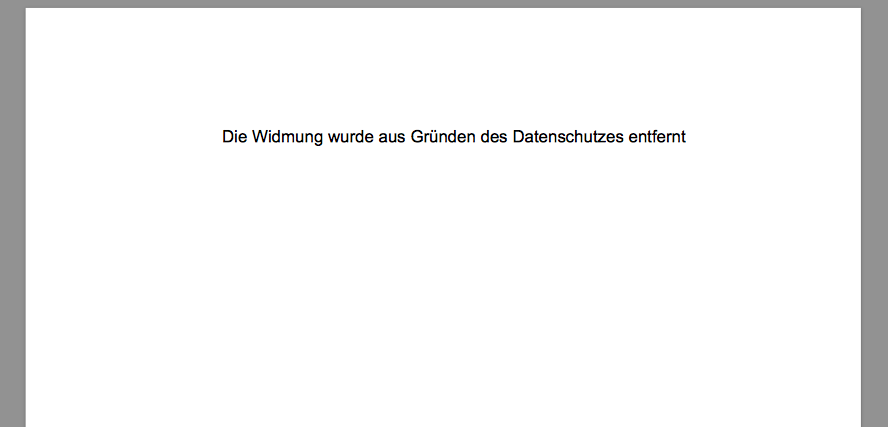Wissen und Pseudowissen sehen von weitem betrachtet ähnlich aus. Pseudowissen kommt im Mantel von anerkanntem Wissen daher, ist allerdings nie wirklich überprüft worden. Traditionelle Überlieferung eben, Hörensagen, alles plausibel, aber doch nie überprüfte Fakten. Auch in der Wissenschaft macht sich zunehmend Pseudowissen breit. Darauf kam auch Al Ani mit einem interessanten Beitrag bereits Anfang des Jahres zu sprechen
ls ich vor einigen Tagen eine Vorlesung abhielt, meldete sich eine anwesende Studentin: Sie hätte sich mit meinem Vortragsthema zwar noch nie beschäftigt, hätte aber schnell zwei von mir zitierte Quellen gegoogelt und befand diese als nicht repräsentativ.
Dieses Beispiel zeigt zwei wesentliche Merkmale des heutigen Lernverhaltens: Dieses erfolgt immer öfter nicht mehr “auf Vorrat”, sondern sozusagen „on demand”: Wenn ich es brauche, weiß ich, wo ich es herbekomme. Ein Verhalten, das sehr gut zur Bewältigung der Herausforderung passt, wie sie schnell aufeinander abfolgende, unterschiedliche Aufgabenstellungen und Projekte im digitalen Zeitalter darstellen. Lernen auf Verdacht erscheint hier nicht immer sinnvoll und möglich, da es selten absehbar ist, was auf einem in der nächsten Zeit an Anforderungen zukommen wird.
Ein solches Verhalten bedingt dann natürlich auch einen anderen Umgang mit einem exponentiell wachsenden und durch soziale Medien fast schon überbordenden angebotenen Wissen oder eher Informationen. Es geht hier zunächst darum, den Überblick zu wahren, zu navigieren…
So rational und sinnvoll ein derartiges Verhalten auch sein mag, es bedeutet offensichtlich einen Bruch mit dem bisherigen Lernverhalten und hat massive Auswirkungen auf unser Verhalten und sogar auf den Zusammenhalt der Gesellschaft als solche.
Vergessen wir für einen Augenblick, wie skurill es ist, dass dieser Beitrag auf der Huffington Post erschienen ist.
Dass Wissen stirbt, finden aber auch andere Autoren, zuletzt Knauß in der Wirtschaftswoche, wenn auch aus einem anderen Blickwinkel:
In seinem sehr lesenswerten aktuellen Werk „Die Explosion des Wissens“ erzählt der britische Ideenhistoriker Peter Burke die Geschichte des Wissens von der Epoche der Aufklärung bis zur Gegenwart nach…
Die Geschichte des Wissens wird üblicherweise als eine große Geschichte des Fortschritts gesehen, die in der „Wissensgesellschaft“ mündet, in der wir nun angeblich leben – und die immer schneller fortschreitet. Eine ewige Aufwärtsbewegung von immer mehr wissenden Menschen.
Burke aber erzählt sein Werk gerade nicht als eine solche eindimensionale Fortschrittsgeschichte. Er widmet auch dem „Wissen verlieren“ ein eigenes Kapitel. Die Geschichte des Wissens ist – wenn man weit genug zurückblickt – eine des Auf und Ab. Und es gibt gute Gründe dafür, die Gegenwart eher auf dem absteigenden Ast zu sehen.
In der Tat, wo Wissen zur Ware wird, da stirbt Wissen. Ware vergibt eben. Da nimmt nun eine ganze Generation Wissen mit, die wirklich noch etwas von der Welt wusste. Die alle keinen Wissenskanon a la Ganten oder Schwanitz brauchten, die noch eine umfassende Schulbildung und Studium vor der Massenuniversitäten genossen haben.
Und nochmal, wo Wissen nur noch als “Impact” gezählt wird, da stirbt das Wissen. Es geht hier nicht mehr um das Wissenwollen, sondern um die industrielle Datenproduktion. Wissen in den Postgraduierten Schools wird ersetzt durch “Kompetenzen”, nachrangigen Fertigkeiten (wie zum Beispiel “goggeln” oder Bewerbungskursen). Nur dumm, dass alle dieselben Bewerbungskurse machen und nur dumm, daß Googeln nicht viel nützt, wenn der Sachverhalt im erstbesten Link falsch dargestellt ist. Dass das eigentlich relevante Ergebnis erst auf Seite 10 kommt, oder überhaupt nicht im Internet steht. Wie Paul Liessmann es auf den Punkt gebracht hat “Wer keine Ahnung von Geschichte hat, dem hilft auch Wikipedia nicht weiter”. Die Fragmentierung des Wissens bedeute leider auch, dass immer weniger wirklich überprüft ist. Pseudowissen eben. Und wer es dann trotzdem noch schafft, Zusammenhänge zu erkennen, der ist weise. Meine ich jedenfalls.
CC-BY-NC Science Surf
accessed 24.11.2025



